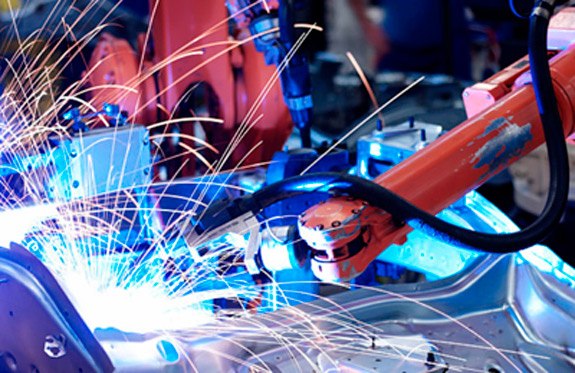In automotive engineering, an inlet manifold or intake manifold (American English) is a part of the engine that supplies fuel/air mixture to the cylinder. The word manifold comes from the Old English word manigfeald, which refers to a (pipe) multiplied by several. In contrast, the exhaust manifold collects exhaust gases from multiple cylinders into a smaller number of pipes — usually one pipe.
The inlet manifold is located between the throttle valve and the engine intake valve. The reason it is called a manifold is because the airflow enters the throttle valve and passes through the manifold buffer system. The airflow channel splits here. Corresponding to the number of cylinders of the engine, such as four-cylinder engines have four and five-cylinder engines have five, each cylinder introduces air separately.
For naturally aspirated engines, because the intake manifold is located after the throttle valve, when the engine throttle valve opening is low, it cannot suck enough air into the cylinder, which will cause the vacuum manifold bias to be high. When the engine throttle valve opening is larger, the vacuum degree in the intake manifold will become smaller. Therefore, fuel injection engines will install a pressure gauge on the inlet manifold to provide the ECU with a judgment of engine load and provide appropriate fuel injection.
The main function of the intake manifold is to evenly distribute the combustion mixture (or air directly injected into the engine) to each intake port in the cylinder head. Uniform distribution is important for optimizing engine efficiency and performance. It can also be used as a support for carburetors, throttle bodies, fuel injectors, and other engine components. Due to the downward movement of the piston and the restriction of the throttle valve, there is some vacuum (below atmospheric pressure) in the intake manifold of the reciprocating spark ignition piston engine. This manifold vacuum can be large and can be used as an auxiliary power source for driving auxiliary systems in automobiles: power-assisted brakes, emission control devices, cruise control, ignition advance, windshield wipers, electric windows, ventilation system valves, etc. The vacuum can also be used to extract any piston blow-by gas from the engine crankcase. This is called a crankcase ventilation system, in which gases are burned with fuel/air mixtures. Intake manifolds have traditionally been made of aluminum or cast iron, but the use of composite plastic materials is becoming increasingly popular.
The design and direction of the inlet manifold are the main factors affecting engine volumetric efficiency. Sudden contour changes cause pressure drops, which reduce the amount of air (or fuel) entering the combustion chamber; high-performance manifolds have smooth contours and gradients between adjacent sections. Modern intake manifolds typically use channels, with individual pipes extending to each intake port on the cylinder head, emanating from a central volume or boost chamber below the carburetor.
